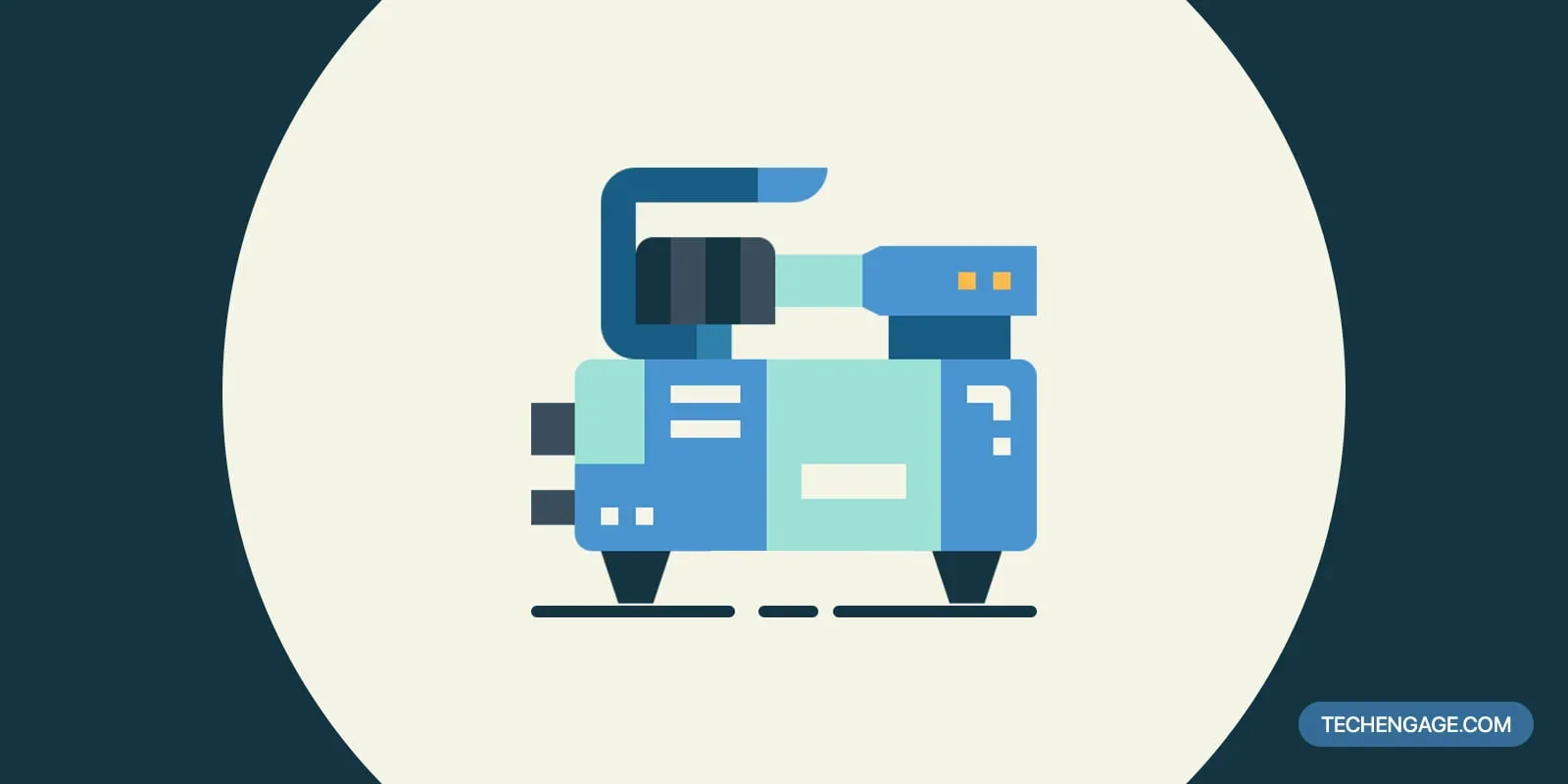Are you an emoji addict? Do you like using emojis in your WhatsApp chat groups and in your social media accounts?
You must have used emojis or emoticons in your chat groups, social media platforms, and online portals. Emoticons were discovered in the late 1990s when people used to express their emotions in Yahoo and MSN.
Emoji was first created by Japanese artist Shigetaka Kurita who worked on the development team for “i-mode,” an early mobile internet platform from Japan’s main mobile carrier, DOCOMO.
By 2010, these emoticons or emojis were seen in BlackBerry messenger which was operated by BlackBerry phones. These trends declined and people shifted using emotional pictographs to make contact with friends and relatives through the use of social media.
What is the difference between emojis and emoticons?
Emoji’s and emoticons are used interchangeably and can be confusing. But can you distinguish these two phrases?
Well here is the answer: emoji is a visual image that represents an emotion, an object, or a symbol. Emoji is split into two words: e and moji, ‘e’ means picture and ‘moji’ means character and is derived from the Japanese language. Emojis are designed by a Japanese designer Shigetaka Kurita. Whereas an emoticon is a letter, punctuation marks, and numbers that are used to create pictorial icons to demonstrate your sentiments using keyboards. The emoticon is divided into two words: emotion and icon.
These two phrases boomed in social media channels and it is easy to recognize what emotion is this which can be coded easily from one phone brand to another. For example, you are chatting to a friend and you send a beaming smiley face through iPhone then it codes to a different broad smiley to Samsung. This shows that emojis can be coded from one phone brand to another. This is done by Unicode Consortium.
How can we tell if it is an emoji or an emoticon?
These two words can be easily distinguished; if you see a sad face that is typed onto the keyboard, it is an emoticon. If you come across a dancing figure, a burger or a gun without any punctuation, letters, and numbers then it is an emoji.
Every year emojis are changed and altered whether you own an iPhone or Samsung. This helps to make emojis appear real, engaging and recognizable. Emojis exists to express your feelings and can convey feelings better than a text. People can even understand the emojis without having to explain with the use of the text.
Has it gone too far?
The number of emojis has grown rapidly in the past few decades and people are expressing their thoughts or emotions through emojis on their smartphones. This allows you to speak a thousand words.
There has been a heated debate of using a brown dropping emoji with a smiley face which is easily known as ‘a pile of poo’. The Unicode Consortium, an image-based language makes 50 to 100 emojis every year and is slightly different for different websites and social media channels. Some people were enraged by this obscene brown dropping emoji.
A report was later released by the typographer Michael Everson which he stated
“The idea that our committees would sanction further cute graphic characters based on this should embarrass absolutely everyone who voted yes on such an excrescence”.
Michael Everson
In October 2017, Apple iPhone released gender neutral emojis which raised heated arguments since Western society has loosened the laws of homosexual marriage. Some people were not bothered by these gender neutral emojis which it is considered alright and should not be taken seriously.
“They’re just emojis. Who cares?” said one person.
To add on to this, people feel that these emojis have taken too far when Facebook released gender-neutral emojis for different identities to suit the needs of transgenders. This received a backlash of heterosexual people questioning the existence of these gender-neutral emojis.
People mentioned that emojis have taken too far when it comes to influencing emojis in different cultures. For example, a horn is considered evil and bad luck in countries such as Uruguay, Italy, Spain, Brazil, Colombia, Greece, and Cuba.
A thumbs up emotion is normally considered as agreed or approved. But in countries such as Nigeria, Iraq, Afghanistan, and Iran, it is considered offensive as it means ‘sit on it’. A waving hand emoji is considered offensive in China as it interprets as ending the friendship.
In Middle Eastern or Muslim countries, a hijab emoji is existed to suit the needs of women in hijabs and headscarves. This emoji is created by Rauf Alhumehdi who could not find the emoji of her need.
What emojis are accepted in other countries?
There are certain emojis that are popular and widely used in other countries. In Canada and New Zealand, a red heart is the most popular emoji to express love and affection in friends, partners, and relatives. In Australia, people love to use the winking emoji with the tongue sticking out. Countries such as the UK, the US, Jamaica, and Trinidad like to use the laughing with the tear emoji. Out of all these emojis, the smiling face is the most popular emoji in these countries.
After all, these emojis or emoticons exist to express your feelings or emotions as texts alone cannot be explained. Emojis are found on social media platforms and in chat groups. Every year new emojis are released from different devices whether you own a Samsung phone or use WhatsApp chat groups.
Debates do occur if a new emoji is released which depends on the reaction of people using it. Some users say that it is alright and others mentioned it is obscene to release new emojis as it offends their culture. What works here may not work in the other.
So what are your thoughts about emojis? Has it taken too far or is it just an additional feature on social media platforms?
Let us know in the comments section below!



